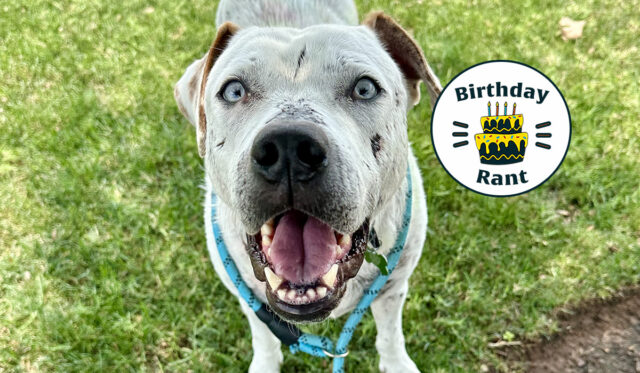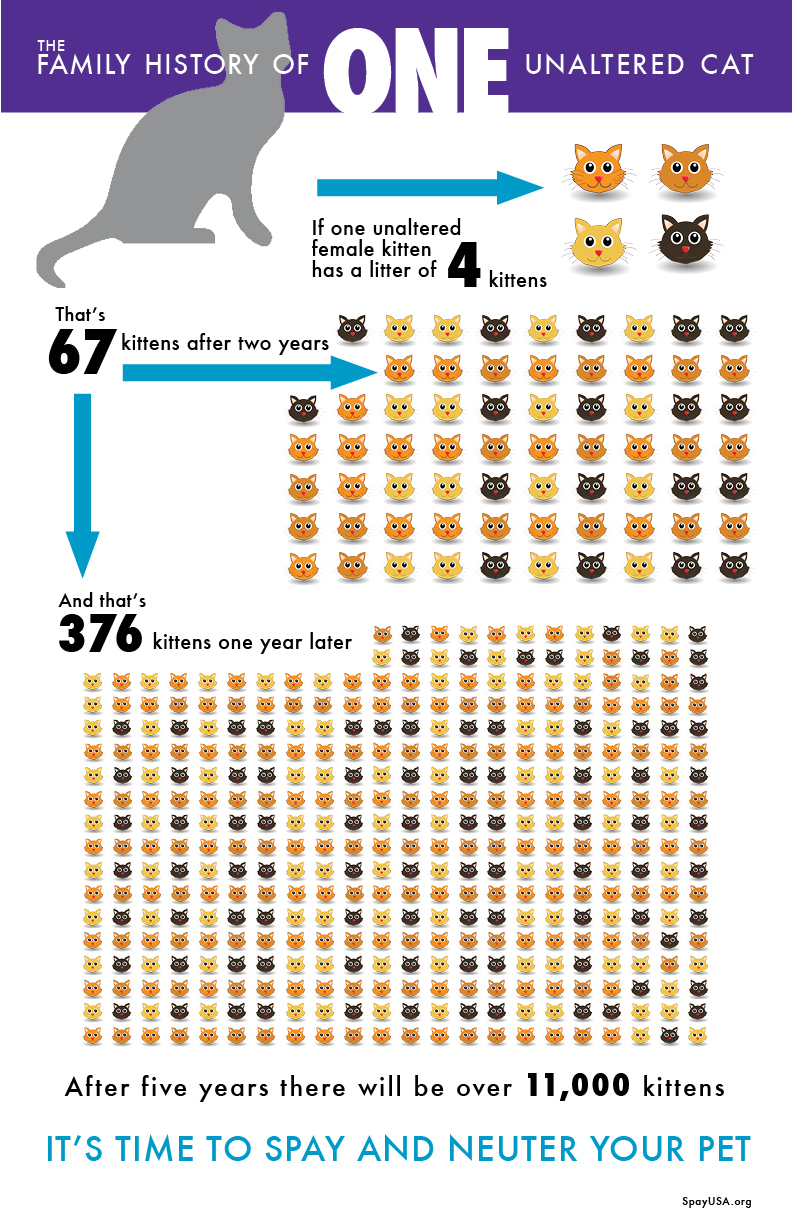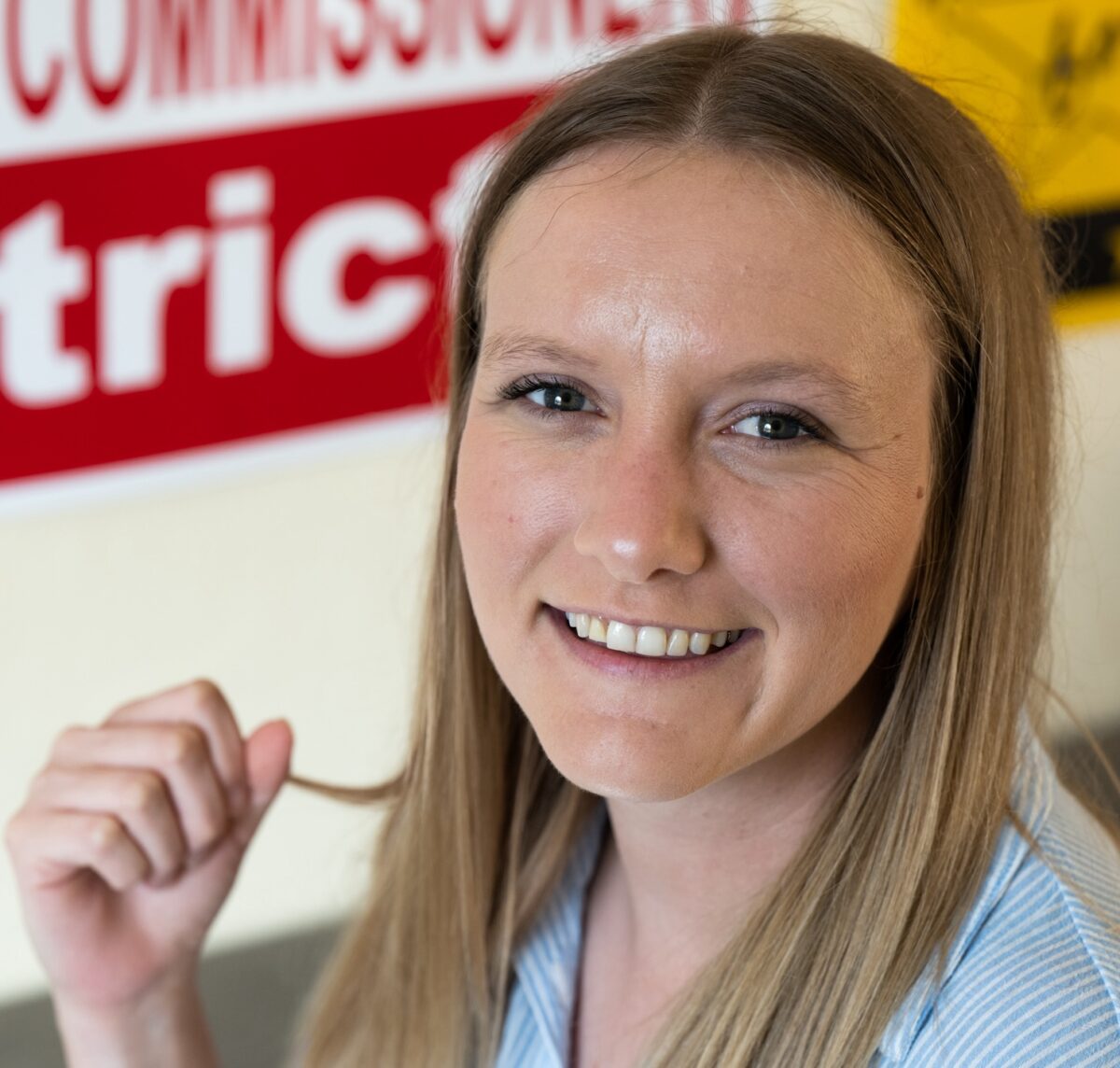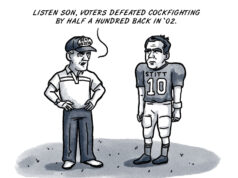

In the words of Seinfeld’s Frank Costanza, I’ve got a lot of problems with you people, and you’re going to hear about it!
As I write this commentary — the second in NonDoc’s new Birthday Rant series — Oklahoma City Animal Welfare is at 152 percent shelter capacity for dogs and 100 percent capacity for cats (the lowest I’ve seen it in weeks).
Overcrowding in the city shelter can mean a few things.
It can mean daily intake limits for animals. It can make euthanasia for shelter space a grim reality for staff members who truly love these animals and dedicate their lives to caring for them. It means an even greater likelihood for animals to be dumped on the street, and it puts a strain on rescue organizations, many of which lack the resources to take in strays or unwanted pets.
In my personal experience as a former employee of the Oklahoma Humane Society, it can also mean people will begin berating underpaid and overworked shelter and rescue employees — people with the biggest hearts I’ve ever met — demanding to know why a rescue operation cannot immediately take a dog or cat found on the street, or in some cases their personal pet for which they wish to absolve responsibility.
Thanks to a $42 million investment approved by Oklahoma City residents in the 2019 MAPS 4 package, there are plans to construct a new city shelter that we all hope will open in 2026. (Should it eventually be named the Louisa McCune OKC Animal Shelter in honor of the late local animal welfare advocate who pushed for the project’s inclusion in MAPS 4, all the sweeter.)
As shown in renderings released early this year, the new shelter is planned to have more kennel space, enhanced veterinary facilities, a dedicated workspace for animal control officers and park-like improvements to the land surrounding the facility, located at 2811 S.E. 29th St.
However, this incredible community investment will itself become overcrowded over time if we sit back and fail to address a lack of personal responsibility for the animals in our lives.
As a result, I’m here to rant about a potentially unpopular opinion on for my birthday: Overcrowding at animal shelters is a direct result of human failure and we, as a community, share the responsibility for correcting these problems.
Walk through the Oklahoma City animal shelter
To understand the realities of this situation, I challenge everyone in this community to walk through the Oklahoma City Animal Shelter.
What you will experience in that building will absolutely ruin your day if you care about cats and dogs. But seeing the devastating situation should also remind you of what happens when our community as a whole fails to take animal welfare seriously. It must be acknowledged so that we, as individuals, can take action.
Most importantly, I believe every person with a cat or dog should have it spayed or neutered in its lifetime.

No matter how “responsibly” you feel you will re-home a planned or un-planned litter, unless you can guarantee that every puppy or kitten will avoid ending up in a shelter — spoiler: you can’t — you should do everything in your power to prevent it from happening.
According to the American Society for the Prevention of Cruelty to Animals, 6.5 million pets enter shelters each year. The ASPCA website also offers a staggering scenario to consider: If a female dog has two litters of puppies in her life, and if each of those puppies has two litters of puppies, then 60,000 more dogs will be born within six years.
I understand that veterinary clinics can charge a significant amount for spay and neuter services, but low-cost clinics exist, like the one run by the Oklahoma Humane Society. These clinics do a wonderful job and make the process quick and easy. You can find other organizations that offer low-cost and (sometimes) free, spay/neuter services here. With a little work, there is no excuse for not preventing unwanted litters.
Next, instead of purchasing a dog from a breeder or pet stores, please adopt from local rescues or shelters that are often filled with puppies and adult dogs. If you’re looking for a certain type of dog, there are breed-specific rescues all over the state offering everything from German Shepherds to Malteses.
Third, you can become a foster family for rescue organizations like the Oklahoma Humane Society. The more foster volunteers that rescue operations have, the more dogs they can pull from the municipal shelter to help with overcrowding. They will set you up with the training and all of the resources you need to have a successful journey as a foster volunteer.
Finally, when adopting from a shelter or rescue, please listen to the tips and information offered by the adoption specialists or staff members. They are trying to provide realistic expectations and set you up for success so that you do not end up trying to return the animal.
There are wonderful professionals and volunteers in Oklahoma City doing everything in their power to help improve the animal welfare crisis. But this problem cannot fall solely on their shoulders. We all must be intentional about doing more to avoid unintended litters, shelter overcrowding and euthanasias.





















